AFL CEO Gillon McLachlan is set to announce that Tasmania will win the league’s 19th license for a team. Image: 6PR. Photos: GETTY IMAGES
The announcement by Prime Minister Anthony Albanese of a $240 million pledge in the Federal Budget to assist the construction of a new stadium and precinct in Hobart finally means that at long last Tasmania will have a footy team in the AFL that it can truly call it’s very own.
You can hear the collective sigh of relief from across Bass Strait as the Apple Isle finally has its own club in the Australian rules national competition.
So why has this happened?
First, there is the football case. Tasmanians love the game. It is not a matter of sending missionaries to Tasmania to ‘convert’ the local population from another code to Aussie rules, as Tassie is a sophisticated footy-literate state. The data points this out.
According to James Coventry, in his book Football-istics, Tasmania has over 335,000 footy fans, which is a greater share of its population than any other state at 78.9 per cent compared to 75.7 per cent in SA and well above 70.2 per cent in Victoria and 62.3 per cent in WA.
In addition, looking at Google Trends, there was a higher proportion of footy-related searches made in Tasmania than anywhere else in Australia. If the Tasmanian index was 100, SA was 96, Victoria 89 and WA 79 (next came NT on 63, ACT 36, Queensland 26 and NSW last on 23).
Similarly, in his fascinating study of rival football codes in Australia Code Wars, Hunter Fujak found that in Tasmania, Aussie rules is really the only game in town on the Apple Isle.
Whilst in the northern states (above the Barassi line, the mythical line that split Australia between Aussie rules and rugby league) fans may split their time between two or maybe three football codes. But in Tassie 35 per cent were ‘AFL only’, with zero interest in other codes above the national average of 19 per cent, equal to Adelaide on 35 per cent, above Melbourne on 34 per cent and Perth on 28 per cent.
It’s clear Tassie is all about footy, cricket and now a bit of basketball thanks to the new club in the NBL the Tasmanian Jack Jumpers.
The Tassie Devils (as the team is likely to be nicknamed wearing the state colours of bottle green, gold and rose) will have a ready-rusted on supporter base from day one, in contrast to the GWS Giants and Gold Coast Suns.
So there won’t be any special propaganda fund needed in Tassie like the AFL has had to use in the northern states to win over rugby union or league fans, something they’ve being trying to do since the late 19th century.
In addition, football culture is well established given the traditional footy talent born in Tassie. It doesn’t take long for any footy fan on the mainland or the Apple Isle to list the great Tasmanian champions like Peter Hudson, Laurie Nash, Darrel Baldock, Ian Stewart, Royce Hart, Brent ‘Tiger’ Croswell, Brendon and Michael Gale, Matthew Richardson, Nick and Jack Riewoldt and the like.
Interestingly, Tasmania provides a fair share of commentators, too, in footy (and cricket), with Tim Lane, Alister Nicholson, Brent Costelloe and Neville Oliver immediately coming to mind.
Second, there is the business case now bolstered by the announcement from Mr Albanese for funding from the Commonwealth in the Federal Budget to match Tasmania and the AFL.
The AFL support of $360 million includes support for the stadium, club administration and training facility, support for game development to boost community football, an allocation for talent development (in AFL and AFLW) and a 10-year seed funding so Tasmania can develop a strong AFL and AFLW list as the league’s 19th club.
The question of the new stadium has also entered the equation. The Tasmanian Government already announced support for the team and the stadium – a sports and arts precinct in Macquarie Point – on the Hobart waterfront together with upgrades to sport infrastructure in the north and north-west of the state.
The total funding requirement for the team and the stadium is $715 million. The Tasmanian Government has announced a commitment of $375 million on top of the $15 million included in the $360 million from the AFL and a further $85 million will be funded through borrowings against land sale or lease for commercial uses.
The remaining capital funding provided by the Australian Government is $240 million on the basis that the arts and sport precinct could provide significant infrastructure for multiple events and activities with benefits for the Tasmanian community as a whole, not just the new club.
This was the condition for the funding announced by Mr Albanese in Hobart as part of the May Budget. Albanese, a former infrastructure minister, knows the Macquarie Point site well and the ins and outs of making infrastructure projects sustainable with a long-term legacy.
PLEASE HELP US CONTINUE TO THRIVE BY BECOMING AN OFFICIAL FOOTYOLOGY PATRON. JUST CLICK THIS LINK.
The amount the Commonwealth is considering is a minor amount compared to the $3.4 billion Queensland is getting for stadium upgrades for the Gabba and other facilities for the Brisbane Olympics in 2032.
This is also minor compared to stadium funding for the NFL and soccer in America and Europe respectively.
Recent cost benefit analysis used an out-of-date discount rate (from NSW Treasury in 1997) overstating the costs, and underestimating the benefits in terms of Tasmanian tourism in particular.
However, is this well money well spent? Some critics (particularly on social media) believe that the money would be better spent on public housing and health rather than a football team. Others support the team but think the existing stadiums in Hobart and Launceston are adequate.
The Tasmanian government’s case is that if the new stadium is part of a new arts and entertainment precinct, then the benefits in extra economic activity – $2.2 billion over 25 years – and 6270 new jobs around the precinct will be in the public’s interest.
This will depend on Tassie attracting major events as well as the AFL fixtures. The potential benefit is that at least 44 events (28 new to Tasmania) could be hosted at the new stadium, seeing 587,000 attend per year, including 123,500 overseas and interstate visitors.
The recent success of Adelaide Oval (especially after the AFL’s Gather Round) and Optus Stadium in Perth, have helped the case for the new precinct.
Third, there is the social or ‘public good’ case in terms of fans and participation. Outgoing AFL CEO Gillon McLachlan emphasised the need to use a new team to inspire future Tasmanian champions but also improve the participation of young Tasmanian boys and girls playing the sport.
Accordingly, the AFL has announced that 10 per cent of revenue generated by the new Tasmanian team will be devoted to community football. This will be used to double participation in the sport by the end of the decade, provide access to, and upgrade, 70 new ovals across the state and provide new regional academies for the south (in Hobart), the north (in Launceston) and north-west (in Penguin).
The vision is similar to other successful sports clubs who thrive in small population regions like the famous Green Bay Packers in Wisconsin in the USA, and in Australia the NRL’s North Queensland Cowboys based in Townsville as well as Geelong, the only AFL team in regional Victoria and not based 15km within the Melbourne CBD like the rest of the clubs.
According to the Taskforce report, Townsville has 192,000 people and Geelong has 198,000 people, so Tasmania, with over half a million people, has adequate population support.
In the NFL, Green Bay, a small city of just over 100,000 (which is much colder than Tassie), the legendary Packers are one of the most successful and best-supported teams in American sports history.
Will it help participation? Or will all the money accrue to highly-paid players and stadium owners? The taskforce shows the growth in cricket participation after the creation of the Hurricanes for the Big Bash League, and now basketball with the Jack Jumpers in the NBL.
However, more importantly, grass roots Aussie rules participation is expected to decline without a Tasmanian team to inspire young kids.
In many ways, one reason the AFL has decided to back the team, for similar reasons as backing the AFLW, is it is good for the growth of the game, and there are social reasons, as well as economic reasons, to back the team.
Even if AFLW may cost a lot initially with free entry and the like as the game has grown and become more popular, entry fees can be charged, players can be paid better and get more TV exposure.
Footy is a public good, and as the legendary Richmond president Peggy O’Neal told the ABC: “It’s sort of a blend of strict financial business and not for profit … it’s about a mission, it is about emotion, it’s about a platform to do things in the community. If we wanted just to make money, our model would be quite different.”
However, in Tasmania, there were economic considerations too – and some of them have been resolved, especially given the recent announcements. They will enter the league with $375 million from the Tasmanian Government, $360 million from the AFL and now the $240 million from the Commonwealth.
That is a pretty well-resourced start-up with the potential to grow with the Tasmanian economy for the rest of the 21st century and beyond.
Tim Harcourt is Industry Professor and Chief Economist at IPPG at University of Technology Sydney (UTS) and host of The Airport Economist and Footynomics – The Economics of Sport Do you want to study Sports Management at UTS? Check it out by clicking here.

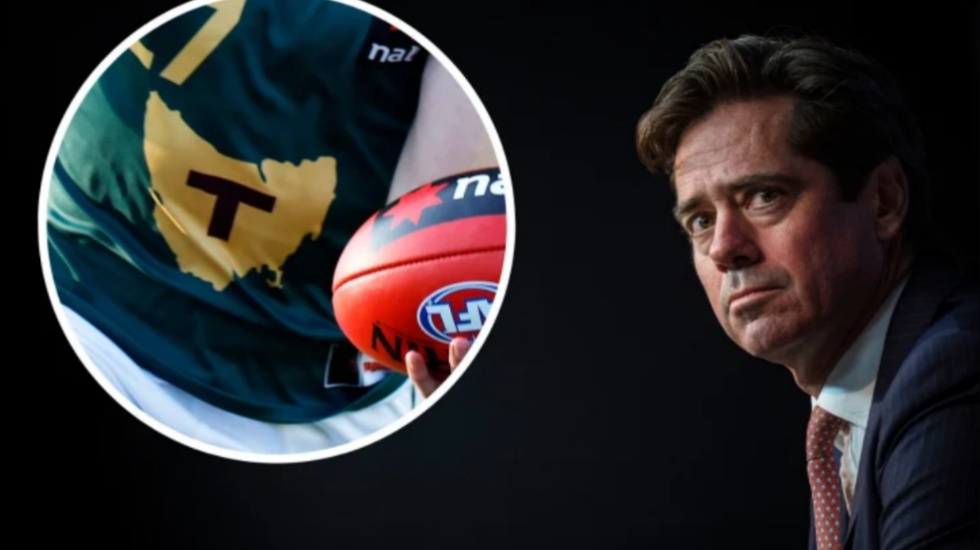
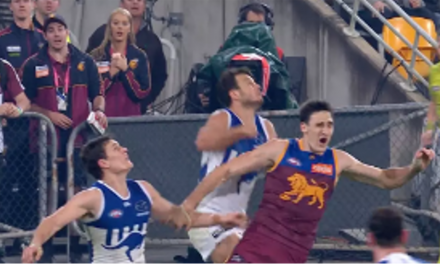

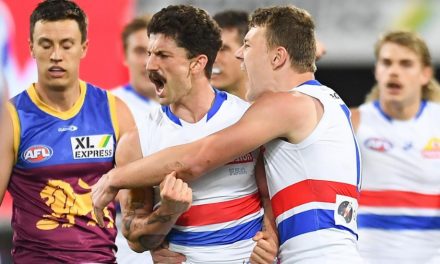
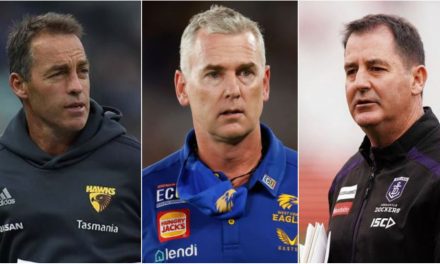




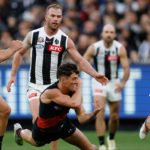

Great piece, and the criticism of the economic case has been extremely weird, as though Gold Coast and GWS haven’t been massive subsidy drain on the rest of the comp. I think a great many don’t appreciate how terrific a place Tassie (and Hobart in particular) is to visit. And courtesy of David Walsh’s ventures it’s a place already attuned to events tourism.
The real question is 20th team or 18th team – if, in, say 5 years, Gold Coast still haven’t got it together, will the AFL up stumps?